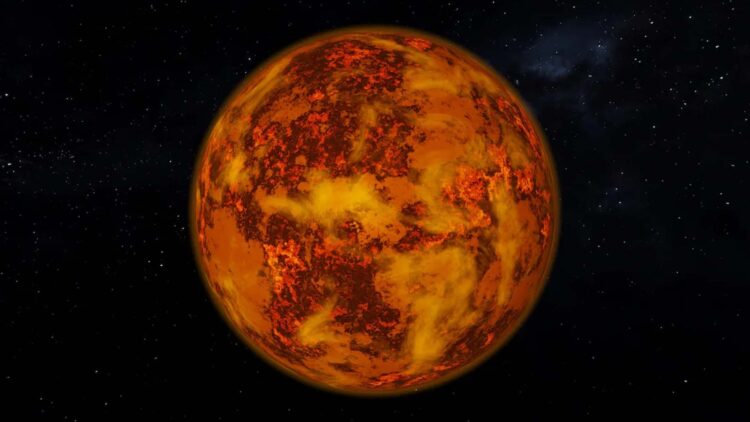According to evidence found by MIT scientists, parts of an ancient planet—possibly a proto-Earth of some sort—may still be buried beneath our feet. By analyzing some of the planet’s oldest rocks, they discovered chemical hints that don’t match the Earth of today.
The chemical composition of the Earth before a violent giant impact reshaped it and produced the Moon seems to be preserved in these rocks. Nicole Nie‘s work, published in Nature Geosciences, offer hints about the formation and development of other rocky worlds, including exoplanets, it improves our understanding of early planetary evolution.
What did MIT scientists actually find?
The MIT team, supervised by Nicole Nie, focused on the smallest details: potassium isotopes in very old rocks. They collected samples from Canada and Greenland, two locations known to contain some of the oldest solid pieces of the Earth’s crust. When they measured potassium-40 (a rare radioactive form of potassium used to measure geological time), they found something strange.
Potassium-40 levels are already low in modern rocks, but these ancient rocks had even lower levels than anticipated. A unique chemical pattern was produced by that “missing” potassium-40, a signature that was inconsistent with the typical, contemporary Earth. It implied that these rocks originated prior to a significant shift in the chemistry and structure of the planet. To put it simply, they look like survivors of the proto-Earth, a previous version of Earth.
The researchers tested this by contrasting their findings with meteorites, which are pieces of the early solar system. The meteorites, however, also didn’t match exactly. These ancient samples revealed a chemical composition of Earth that they were unable to fully explain. According to the study, “The mass composition of the Earth has elemental and isotopic properties which can’t be explained by any combination of known primitive meteorite compositions.” Something else was revealed by that gap: a lost period in Earth’s history.
The giant impact that rewrote Earth
A planet the size of Mars collided with the proto-Earth some 4.5 billion years ago. Massive amounts of material were thrown into space and much of the planet was melted by this tremendous impact. Scientists have long debated the classic Moon formation scenario, in which a portion of that material came together to form the Moon.
However, this new work provides information on the internal effects of that impact. The chemistry of the planet, including its potassium isotopes, was disturbed and reset by the collision. The overall elemental composition of the world changed following the impact, creating the current version of the planet where we live. Because they appear to have kept their pre-impact signature, the ancient rocks from Greenland and Canada are important. They appear to have preserved pages from an earlier part of Earth’s history.
This theory is supported by computer models, which show that the amounts of potassium-40 found in modern rocks could have been created by a single massive collision and repeated impacts, while also preserving a few isolated locations where the chemical makeup of the older Earth has persisted.
The significance of this for other worlds
More rocks, more meteorites, and eventually samples from other worlds can now be studied using the same techniques that Nicole Nie and the MIT team used to study potassium isotopes. Researchers can determine whether this planet experienced a significant impact by comparing these chemical fingerprints.
In the end, Earth is not a simple planet. It is the result of both rebuilding and destruction. Some of the rocks under our feet might be the last remnants of a once-existing prehistoric world, providing information about how many other worlds there are in addition to our own.

